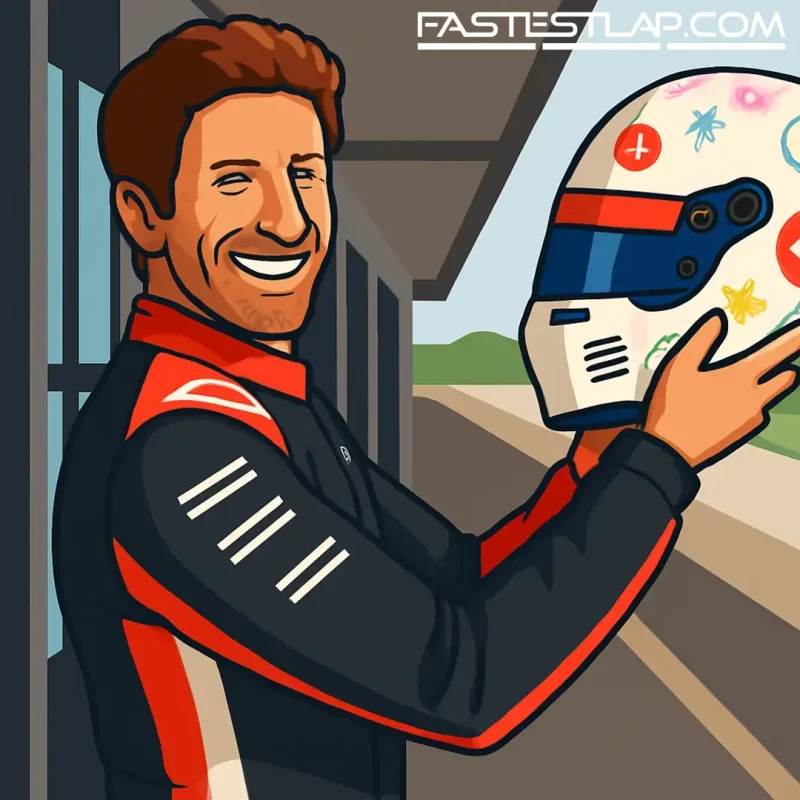Romain Grosjean finally gets the F1 goodbye he was owed
Five years after he clambered out of a burning Haas in Bahrain with the world holding its breath, Romain Grosjean climbed back into an F1 car and, at last, closed the book himself.
Haas invited the Frenchman to Mugello this week for a Testing of Previous Cars outing — a low-profile, high-emotion run that felt like the ending 2020 never allowed. The weather did its best to add drama, the Tuscan track turning slick, but Grosjean didn’t mind. He grinned, called it a “rainy day, happy day,” and got on with it.
Back in 2020, a first-lap collision at Sakhir sent his VF-20 through an Armco barrier and into a fireball. Twenty-eight long seconds later, he emerged — burned, shaken, very much alive — but his Formula 1 career was over on the spot. No Abu Dhabi farewell, no final formation lap, no chance to wear the special helmet his kids helped design.
Mugello put some of that right. Grosjean rolled out, shook off the rust — “felt a bit rusty at first, and then everything came back” — and even practiced a standing start. “My last standing start was Bahrain 2020,” he said. “This time it turned out way better.”
What followed was the kind of paddock moment that F1, for all its relentless churn, still does well. As Grosjean returned to the pits for his in-lap, crew members from Ferrari, Red Bull, Pirelli and, of course, Haas lined up and clapped. He kept the visor down, he admitted, because they made him cry. It wasn’t Abu Dhabi 2020, but it might have been better.
Credit to Haas for making it happen. The American team hasn’t always had the resources to run TPC programs, which require time, budget and personnel most midfield outfits would rather spend on lap time. But a recent tie-up with Toyota has opened doors, and Haas has been busier with its heritage hardware this year — including a run in Japan — culminating in this Mugello day with Grosjean and fellow guest driver James Hinchcliffe. It’s a small sign of a team leaning forward.
It was also a nod to the people who’ve been there since Haas joined the grid in 2016. Grosjean thanked Gene Haas and team boss Ayao Komatsu, and he lingered with familiar faces who’d been on the journey from Australia 2016 to now. He showed off a commemorative helmet for the occasion, took photos, and, for a few laps in the rain, got to feel the rhythm of an F1 car again.
This wasn’t about lap times. It didn’t need to be. Grosjean’s CV since leaving F1 — IndyCar podiums, endurance racing miles — tells you he didn’t stop driving. But Formula 1 careers don’t often end neatly. Seats disappear, contracts expire, a crash changes everything. When the sport finds a way to give someone their finish line, it’s worth pausing for.
Haas, often painted as ruthlessly pragmatic, leaned into the human side here. And the wider paddock showed up. That matters. In a season where the calendar and the headlines never stop, Mugello served a rare, quiet reminder: for all the data and wind tunnels, this is still a sport made by people.
Grosjean left with the closure he’d been chasing since that night in Bahrain. No points awarded, no trophies lifted — just a soaked circuit, a standing start done right, and applause that was five years late and perfectly timed.




